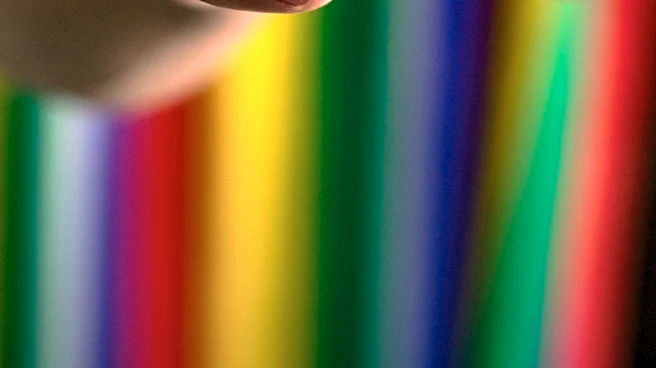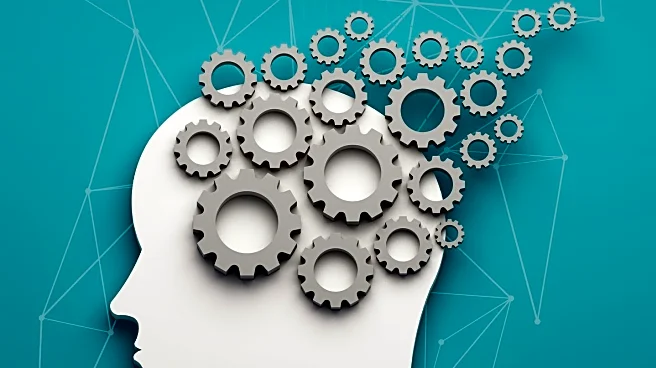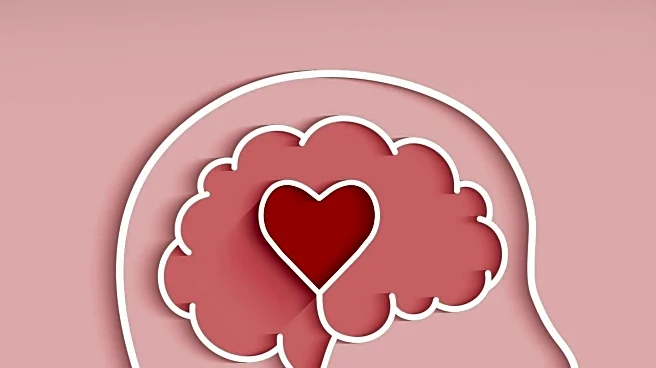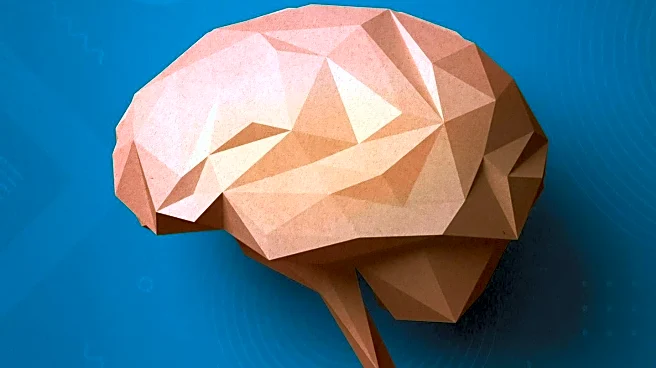What's Happening?
As winter approaches, many individuals experience Seasonal Affective Disorder (SAD), a type of depression triggered by reduced sunlight and biological changes. This condition affects mood, energy, and sensory
experiences, such as taste and pleasure. The disorder is linked to changes in serotonin and melatonin levels due to diminished sunlight, impacting the brain's internal clock. Light therapy, which simulates natural sunlight, is used to regulate these hormones and restore the body's rhythm. Additionally, physical activity, especially in the morning, boosts dopamine and endorphins, improving mood and alertness. Cognitive Behavioral Therapy (CBT) tailored for seasonal depression also helps by addressing negative thought patterns.
Why It's Important?
Understanding and treating SAD is crucial as it affects a significant portion of the population during the winter months, leading to decreased productivity and quality of life. The disorder's impact on mood and sensory experiences can lead to increased cravings for carbohydrates and sugar, affecting physical health. By recognizing SAD as a biological and sensory imbalance, rather than a personal weakness, individuals can seek effective treatments. The integration of light therapy, physical activity, and psychological support offers a comprehensive approach to managing the disorder, potentially reducing its impact on society and healthcare systems.
What's Next?
As research into neuroplasticity and AI-guided psychiatry advances, new treatment methods for SAD may emerge, offering more personalized and effective solutions. Continued studies on the neurobiology of depression could lead to better understanding and management of the disorder. Public health initiatives may focus on increasing awareness and accessibility of treatments like light therapy and CBT, encouraging those affected to seek help. The development of precision psychiatry could further refine treatment approaches, tailoring them to individual needs and improving outcomes.
Beyond the Headlines
The recognition of SAD as a multi-system condition highlights the importance of addressing mental health as a comprehensive issue that affects both the mind and body. This perspective may influence broader mental health policies and encourage a more holistic approach to treatment. The role of environmental factors, such as sunlight exposure, in mental health could lead to urban planning and architectural designs that maximize natural light in living and working spaces, potentially reducing the prevalence of SAD.












